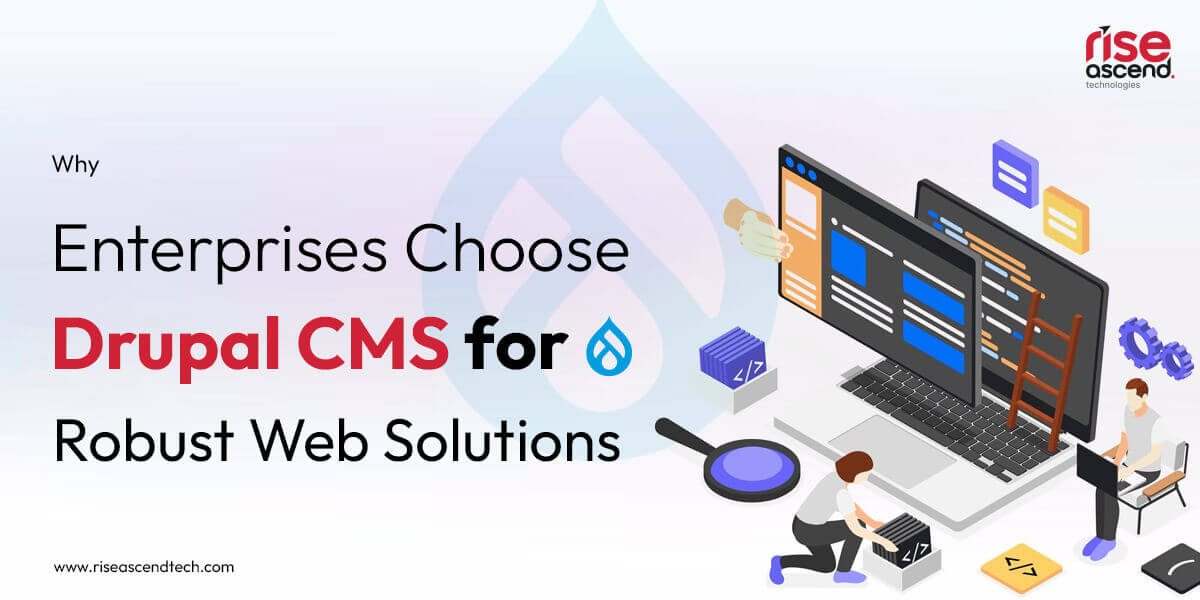If you run a small or mid-sized business in manufacturing, your team probably handles a lot of daily tasks manually. From checking stock levels to getting approvals for purchases, things can get slow and repetitive.
These routine jobs may seem small, but they eat up time, cause delays, and lead to mistakes. As your business grows, this gets harder to manage.
What if you could automate these tasks — without hiring a developer or buying expensive software?
That is where Microsoft Power Platform comes in. It is a simple, cost-effective toolkit that helps you automate work, build apps, and make smarter decisions — even if you are not from a tech background.
Let us first look at what Power Platform actually is and then figure out how to automate workflows using Microsoft Power platform and why it is so helpful for non-technical users.
What is Microsoft Power Platform?
Many small business owners think automation tools are only for big companies. But Microsoft built Power Platform specifically for everyday users — no coding, no IT degree needed. It is a collection of tools that help you automate tasks, build apps, view data, and even add a chatbot. All this, from one easy platform.
These tools work together to connect people, tasks, and systems in a way that makes life easier for your team.
It includes:
- Power Automate – Automates tasks like sending emails or approvals
- Power Apps – Lets you build simple apps for your team
- Power BI – Shows data in dashboards for easy decision-making
- Power Virtual Agents – Create chatbots to answer questions automatically
These tools help you connect your people, data, and processes. It is like giving your team a digital assistant — without hiring one.
Now that you know what the Power Platform is, let us talk about the common problems it is designed to solve.
Common Workflow Challenges in SMB Manufacturing
Running a factory or workshop with a small team is hard enough. When everything is manual — from inventory checks to approvals — it gets overwhelming. Emails pile up. Paper forms go missing. People forget to follow up. Production slows down.
These little problems stack up and cause major delays.
Common pain points include:
- Manual approvals: Purchase and inventory requests take time
- Too many follow-ups: Teams rely on email or WhatsApp
- No real-time updates: Managers do not know the latest status
- Scattered data: Reports are stored in files and spreadsheets
- No tracking: Hard to see who did what and when
These issues lead to:
- Production delays
- Missed sales
- Tired, frustrated employees
It is not that people are not working hard — they just do not have the right tools. That is where Power Platform steps in — by turning these everyday tasks into smooth, automated workflows.
How Power Platform Solves These Problems
Now let us see how Power Platform makes a real difference. Each tool is built for a specific kind of task, but they all work together. You do not need to be a tech expert — just know your problem, and the platform helps you solve it. Here is how each part of the Power Platform plays its role:
Power Automate – Like a Digital Assistant
This tool automates routine steps:
- Sends an email when a new stock request is created
- Alerts you when inventory gets low
- Sends forms for approval to the right person
It runs 24/7 — no reminders needed. Power Automate takes over repetitive jobs, so your team can focus on what matters.
Power Apps – Your Own App Builder
Make your own apps for daily work:
- Track maintenance on machines
- Report quality issues from the shop floor
- Assign tasks through mobile devices
No coding needed — just drag, drop, and publish.
This is perfect when you want custom tools without hiring developers.
Power BI – Your Dashboard in Real Time
Turn raw data into simple visuals:
- View live production numbers
- Track downtime and team performance
- Check reports on your phone anytime
Now every stakeholder in your organization sees the same data — instantly. With this visibility, decision-makers stay in control and act faster. Let us explore how these tools are being used in real manufacturing businesses just like yours.
Real Power Platform Use Cases in Manufacturing
These use cases show how small factories and workshops are using Power Platform tools today. Each story shows how a simple change can lead to big improvements — all with low effort and high value. See if any of these sound like problems your team faces.
Use Case 1 – Inventory Restock
When stock drops to a set level, Power Automate creates a purchase request automatically. No manual checks needed.
Use Case 2 – Maintenance Logging
Shop-floor workers use a Power App to report machine issues. It gets sent to the technician directly.
Use Case 3 – Production Dashboard
Data from Excel or ERP feeds into Power BI. The owner sees live updates on a mobile dashboard.
Use Case 4 – Admin & HR Approvals
Leave requests are submitted via an app and approved in one click. No WhatsApp messages lost in the mix.
Use Case 5 – Quality Control
Staff logs quality checks into an app. The data updates the main dashboard in real time — ready for audits. These stories show that real automation is possible — even in small setups. Now let us see the big-picture benefits of adopting this kind of workflow automation.
Business Benefits You Can Expect
When you automate workflows, you get more than just saved time. You improve how your whole business runs. Even one small automation can create a ripple effect of improvements. Here is what companies often report:
- Save time: Less time on emails, follow-ups, and manual updates
- Cut errors: No missed approvals or lost forms
- Improve clarity: Everyone knows what is happening and who is doing it
- Make faster decisions: Real-time data means less waiting
- Empower teams: Staff can create their own solutions with simple tools
The Power Platform helps your business run smoother — without needing a big tech team. But how do you begin? Let us look at what starting small really looks like.
Quick Steps to Automate Workflows with Power Platform
You might be wondering how to actually start using the Power Platform in your business. These quick steps will help you take your first leap into automation, even if you have never used a tool like this before. Call 079 4917 1712 today for a quick consultation or book a quick demo here.





